
Cut a handful of these leaves and put them in the pot of boiled shrimp. The shrimp will turn bright red, the meat will be firm, sweet, and fragrant.
🦐 The Secret to Perfect Boiled Shrimp: Firm, Sweet, and Beautifully Red
Boiled shrimp may seem like a simple dish, but turning it into something truly delicious requires a few key techniques. Many people end up with shrimp that’s pale, rubbery, or lacking in flavor — but with a few clever tricks (and one fragrant secret ingredient), you can make shrimp that’s tender, juicy, and vibrantly red every time.
1. Start with Fresh, High-Quality Shrimp
The foundation of a delicious shrimp dish lies in the freshness of the shrimp itself. Always look for lively, active shrimp with firm bodies and shiny, translucent shells. The best shrimp have a slight greenish or bluish tint and a mild ocean scent.
Avoid shrimp that smell overly “fishy” or sour, feel soft or slimy, or have black spots under the shell — these are clear signs of age or spoilage.
💡 Pro tip: When exposed to sunlight, truly fresh shrimp will appear almost glassy and shimmer slightly.
2. Clean and Prepare the Shrimp Properly
Before boiling, give the shrimp a thorough rinse. If you have time, remove the black vein along the back — this not only improves the shrimp’s appearance but also helps eliminate any residual odor or bitterness.
Trim the long antennae and wash the shrimp several times in cold water to remove sand and debris.
To further remove any fishy smell, marinate the shrimp briefly in a splash of rice wine or cooking wine. This also helps the shrimp retain a deeper, more vivid red color once cooked.
3. Add Fragrant Ingredients — Including One Special Leaf
When boiling shrimp, most people add ginger, lemongrass, or scallions to the pot to neutralize odors. However, there’s a traditional secret ingredient that takes the aroma to the next level — pandan leaves (also called screwpine leaves).
Pandan leaves release a sweet, grassy fragrance that pairs wonderfully with seafood, giving the shrimp a subtly exotic scent without overpowering its natural sweetness.
Don’t forget to season the water lightly with salt — this enhances the shrimp’s natural umami and keeps the meat flavorful all the way through.
🍃 Optional additions: A slice of lime or a few peppercorns can add a refreshing depth of flavor.
4. Boil Shrimp the Right Way
Fill a pot with enough water to cover the shrimp and bring it to a hot but not boiling temperature. Adding shrimp to very hot (around 85°C / 185°F) water helps the protein set quickly, locking in the juices for a firm yet tender texture.
Add a pinch of salt and a few pandan leaves. Once tiny bubbles appear at the bottom of the pot, gently drop the shrimp in. Use chopsticks or tongs to stir lightly so they cook evenly.
⏱ Cooking time matters:
For medium-sized shrimp, 2–3 minutes is usually enough. Larger ones may take 4–5 minutes.
When the shrimp curl slightly and turn a bright reddish-orange, they’re perfectly done. Avoid overcooking — once the tails touch the heads in a tight curl, the shrimp will become dry and tough.
After turning off the heat, let the shrimp sit in the hot water for one extra minute with the lid on. This ensures even doneness while keeping the meat juicy.
5. Chill or Serve Hot — Depending on Your Dish
Remove the shrimp and let them drain. They’re delicious served hot with sea salt and lime, or dipped in a simple garlic–chili fish sauce.
If you plan to use them in spring rolls, salads, or cold appetizers, immediately plunge the boiled shrimp into a bowl of ice water. This technique helps stop the cooking process, keeps the shrimp’s color bright, and makes the shell easier to peel. The texture also becomes firmer and more springy — ideal for fresh dishes.
6. Final Tips for a Beautiful, Flavorful Result
-
Always boil shrimp in small batches to avoid overcooking.
-
Use filtered water if your tap water has a strong chlorine smell — it can affect the flavor.
-
Save the shrimp shells! Simmer them with ginger and onion for a light seafood broth — perfect as a soup base.
In Summary
With just a few simple adjustments — choosing fresh shrimp, cleaning properly, and adding fragrant pandan leaves — you can elevate an ordinary boiled shrimp dish into a restaurant-quality meal.
The shrimp turns a stunning red, smells subtly sweet, and tastes naturally rich and juicy. Whether served as a main course or part of a family feast, this dish is proof that simplicity, when done right, can be pure perfection.
🦐✨ Good cooking isn’t about complexity — it’s about care, timing, and a touch of creativity.
News in the same category


Every washing machine has this small part, open it once a month, clothes will smell fresh, machine will be cleaner and more durable
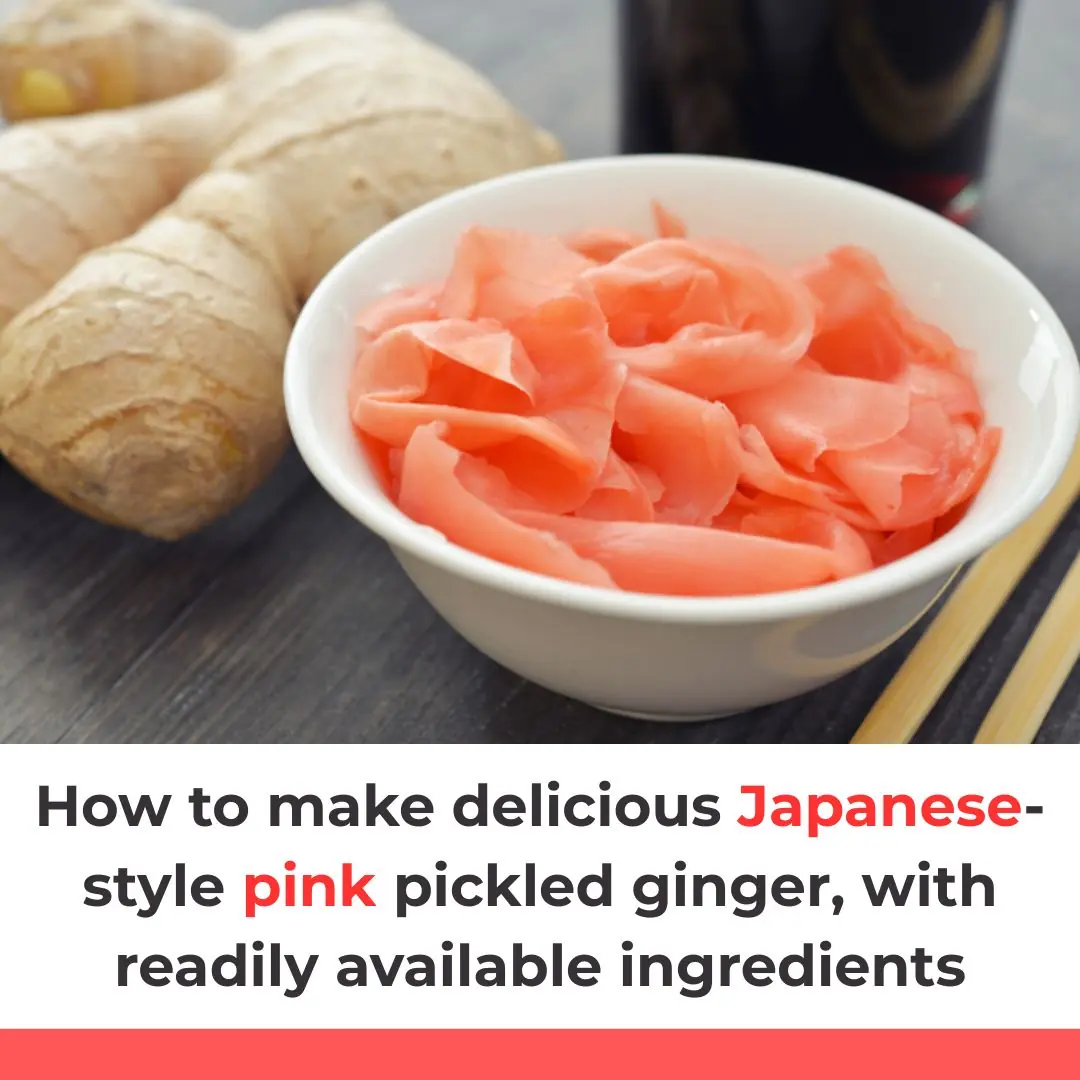
How to make delicious Japanese-style pink pickled ginger, with readily available ingredients

Mosquitoes fear this bowl of water the most. No matter how many mosquitoes there are in the house, they will all go away, so you can sleep peacefully.
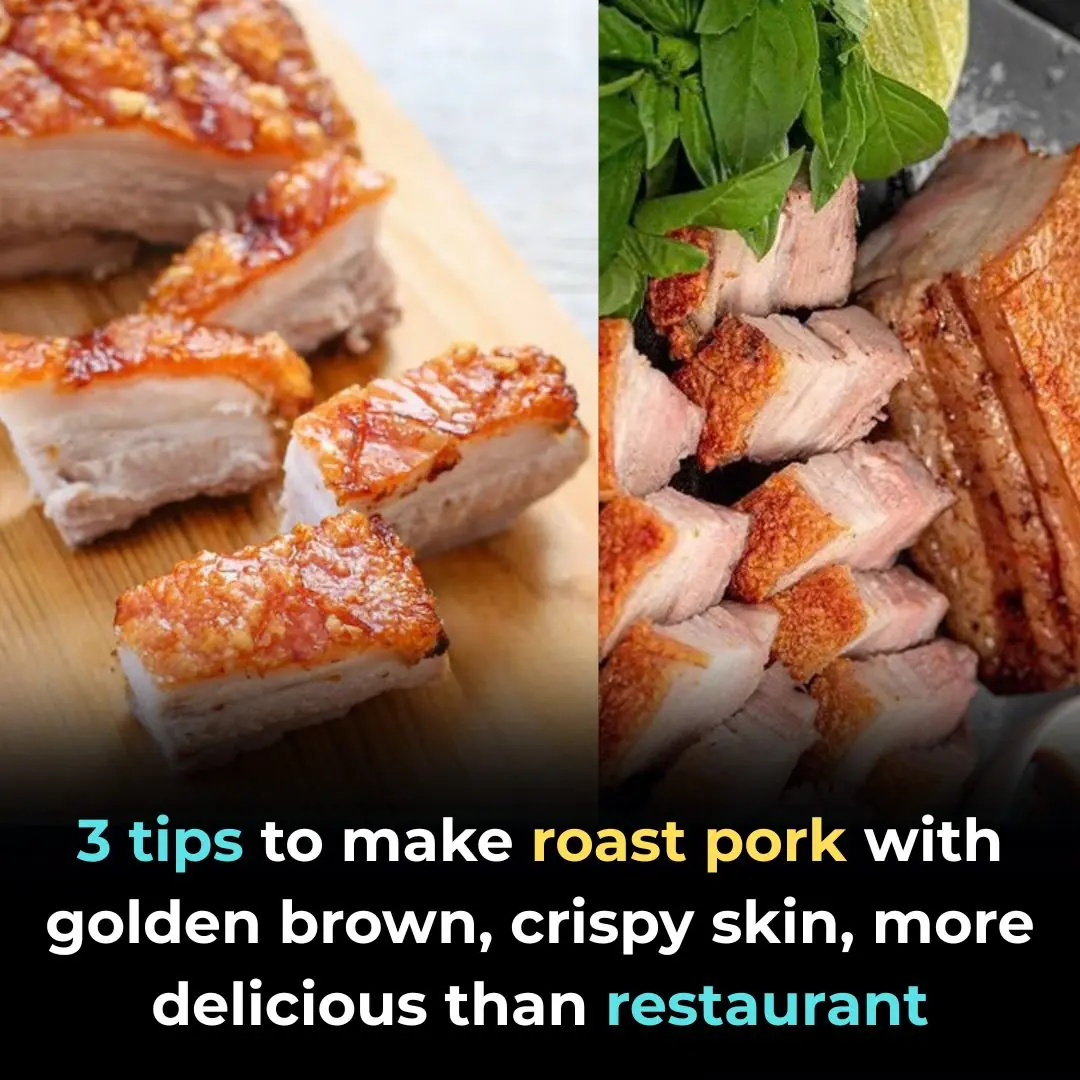
3 tips to make roast pork with golden brown, crispy skin, more delicious than restaurant

10 great tips with baking soda, helping to solve many problems in the house
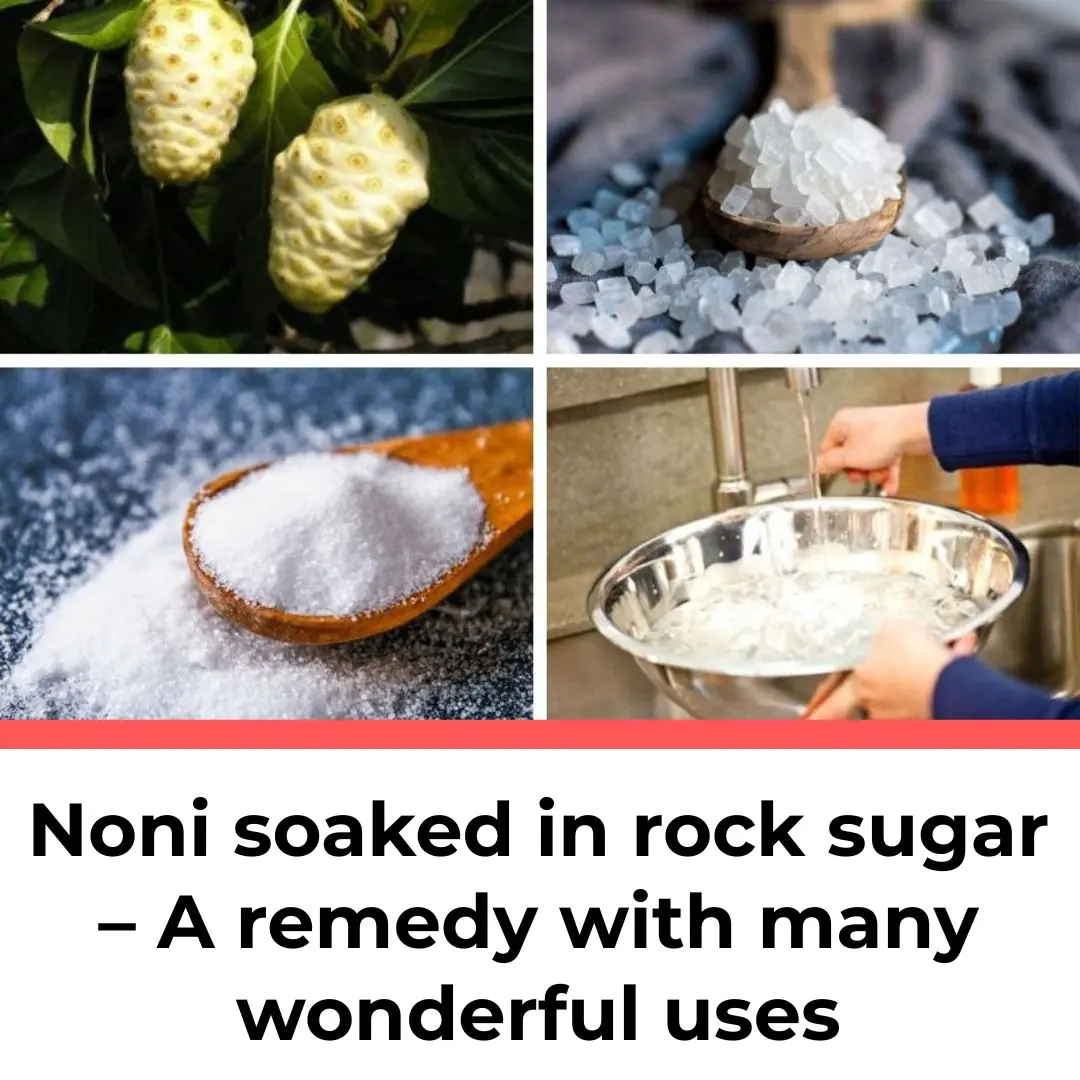
Noni soaked in rock sugar – A remedy with many wonderful uses
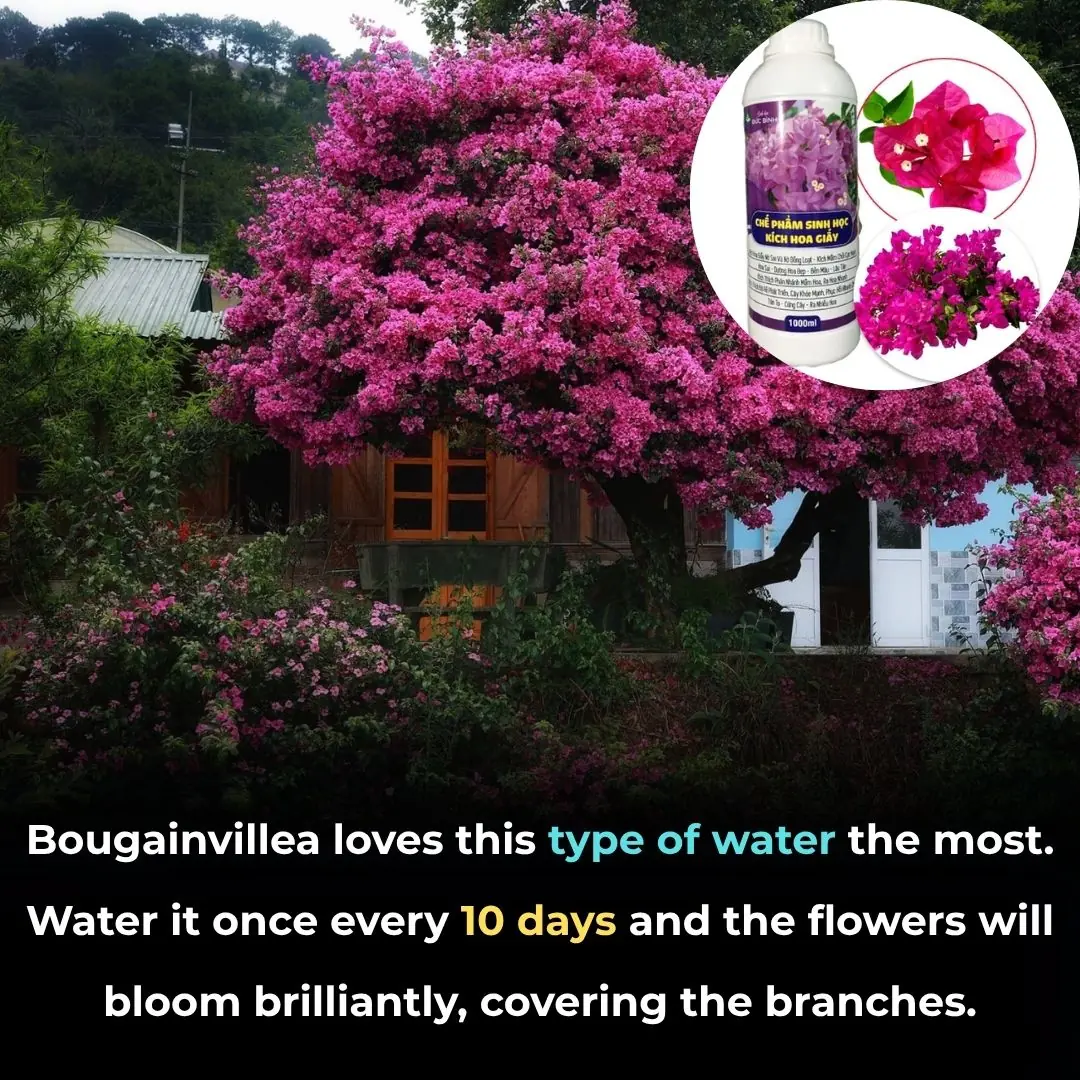
Bougainvillea loves this type of water the most. Water it once every 10 days and the flowers will bloom brilliantly, covering the branches.

Husband secretly gave money to the maid, I was surprised to know her real identity.

3 types of plants to avoid growing in the house, or else they will cause bankruptcy, loss of wealth, and bad luck.
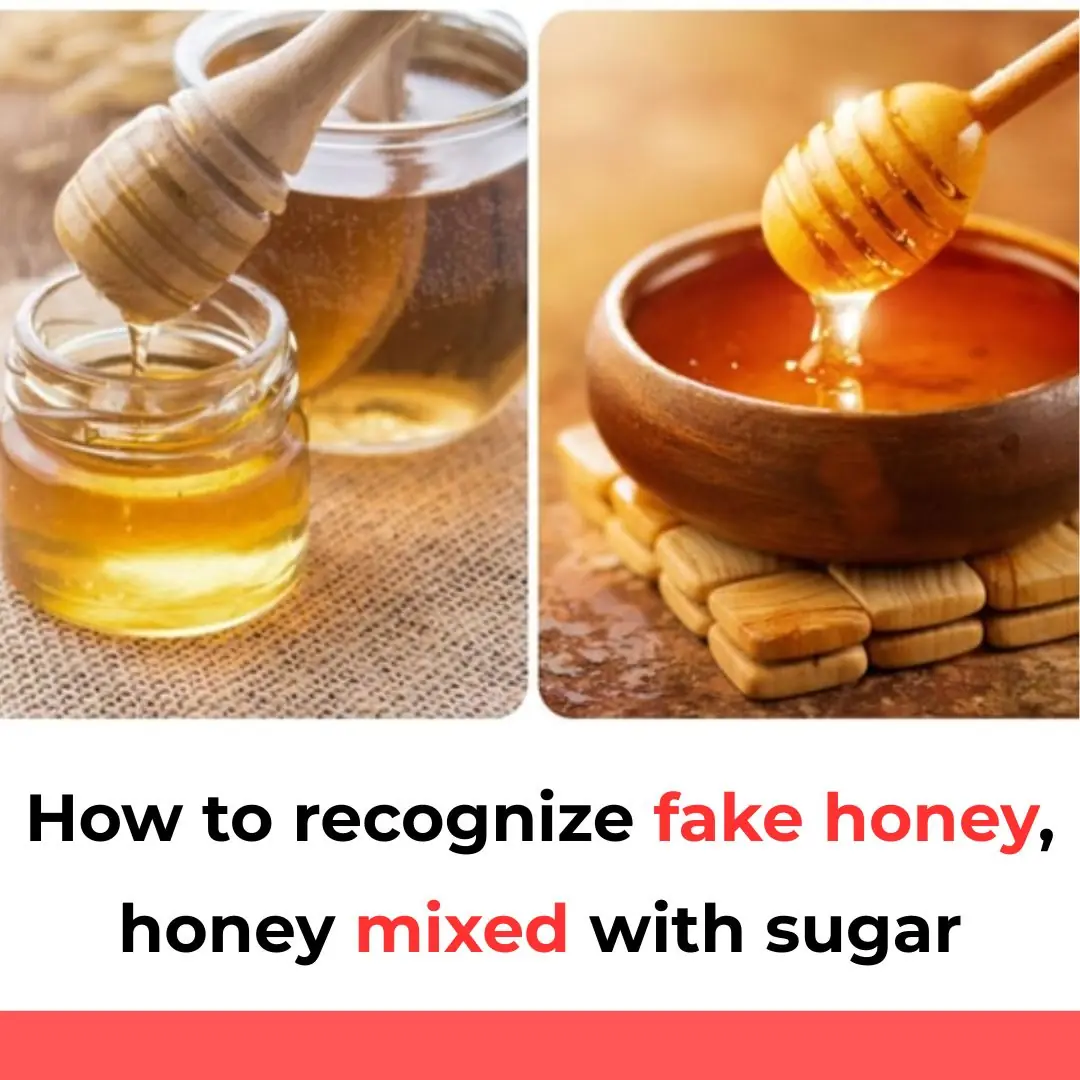
How to recognize fake honey, honey mixed with sugar

How to keep watermelon fresh for a month: A small tip that everyone needs to know this summer
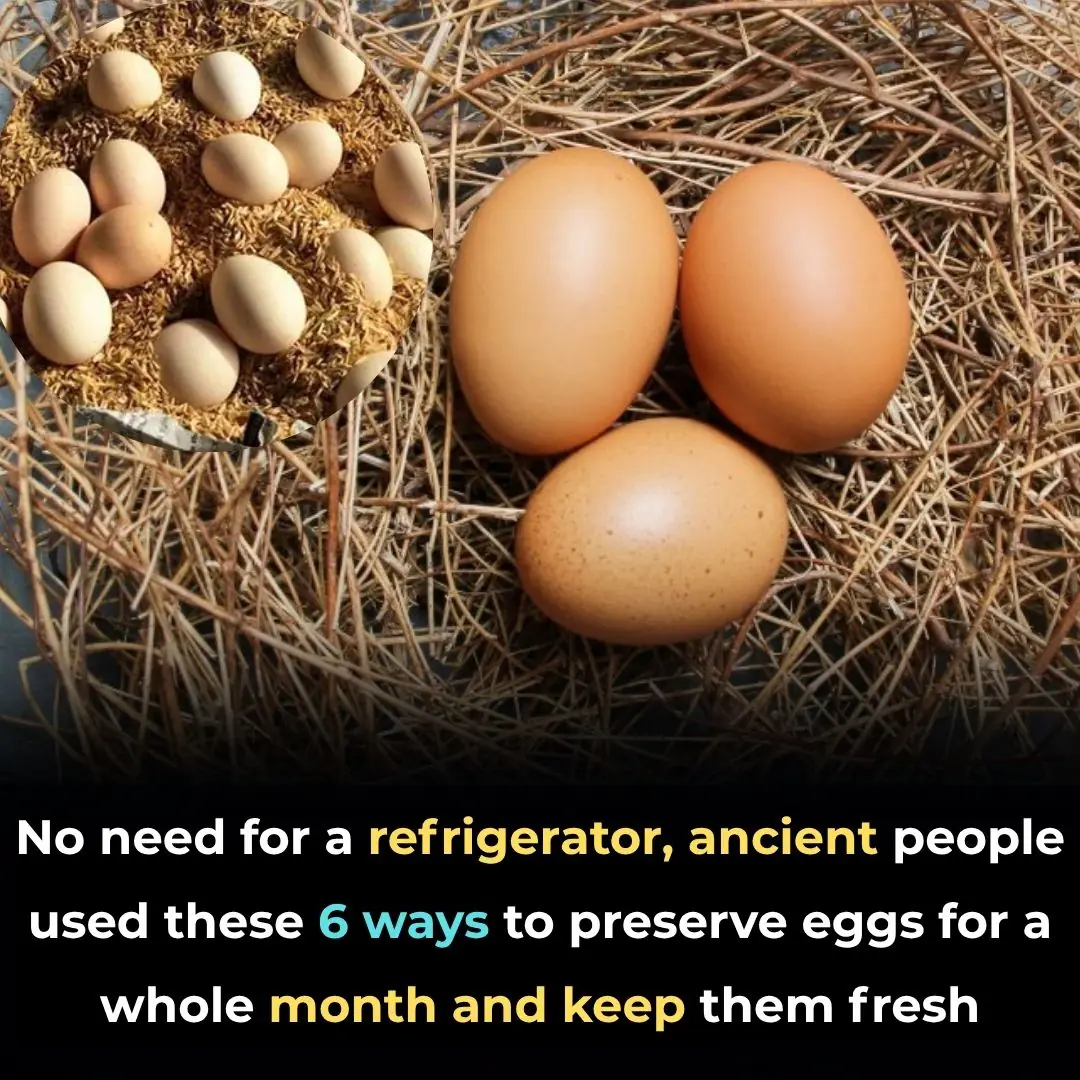
No need for a refrigerator, ancient people used these 6 ways to preserve eggs for a whole month and keep them fresh

Tips for cleaning electric kettles to help remove limescale and unpleasant odors: Simple but effective

Do you know the effects of this oil on your life?

Everyone thinks this part of the cow is the most delicious, but it's both dirty and poisonous. Don't buy it at the market, no matter how cheap it is
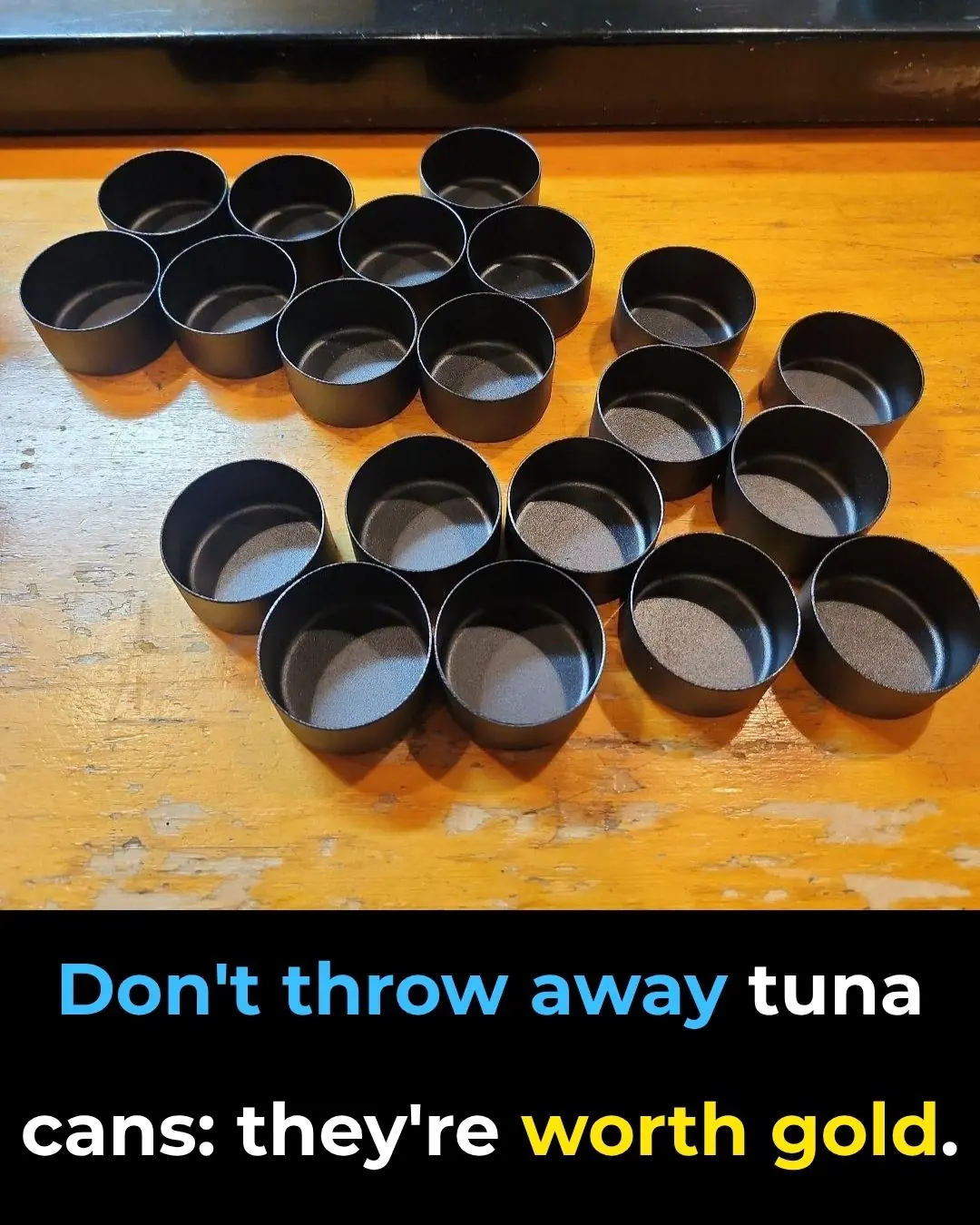
Don't throw away tuna cans: they're worth their weight in gold if you reuse them this way!

Why You Should Avoid Drinking the Mineral Water Provided in Hotel Rooms: The Subtle Reasons You Might Not Know — Read Now to Protect Yourself
News Post

Jennifer Hudson Champions Musical Inclusivity Amid Super Bowl Language Debate

Jennifer Hudson Cheers on Bad Bunny’s Super Bowl Swagger — and Starts Learning Spanish Herself

Charli XCX shares cryptic video after Taylor Swift’s ‘Actually Romantic’ diss

NY authorities clamp down on liquor store openings citywide as booze demand plummets

Desperate rescue effort underway to save hundreds of hikers stuck on Mount Everest after snowstorm

Six signs you may be a functioning alcoholic according to doctor
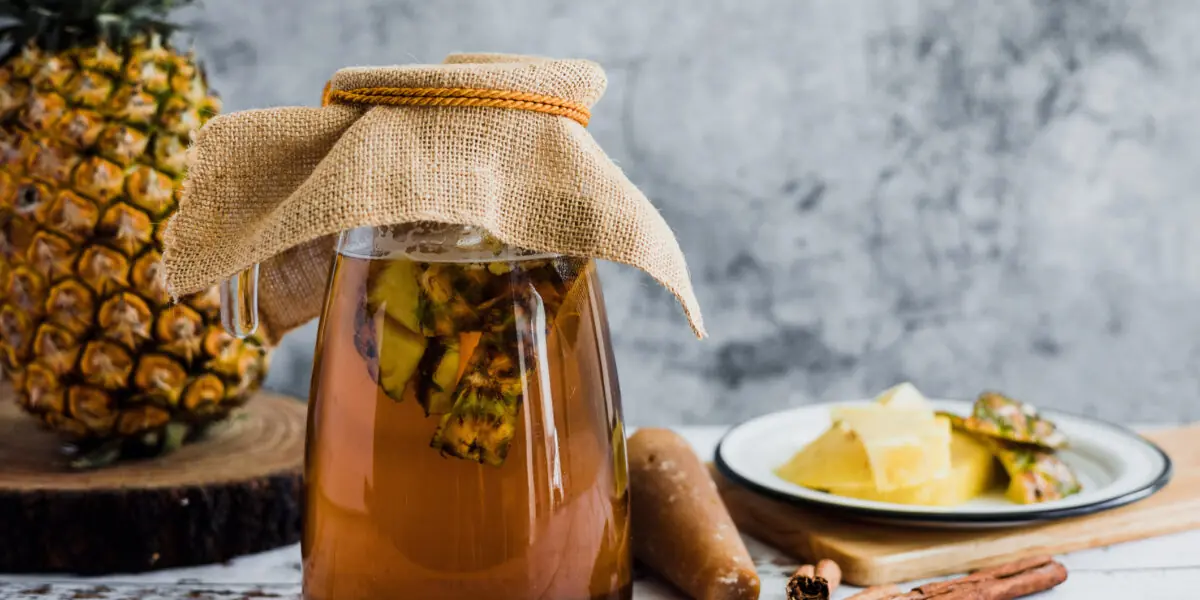
Pineapple Water: A Refreshing Drink That Supports Your Health

The Silent Threat: Recognizing Early Signs of Kidney Disease and Lifestyle Prevention

A Heartwarming Encounter: A Child’s Innocence and the Power of Love.

The Stranger Who Stopped: How One Man’s Compassion Saved a Life on a Busy Georgia Road
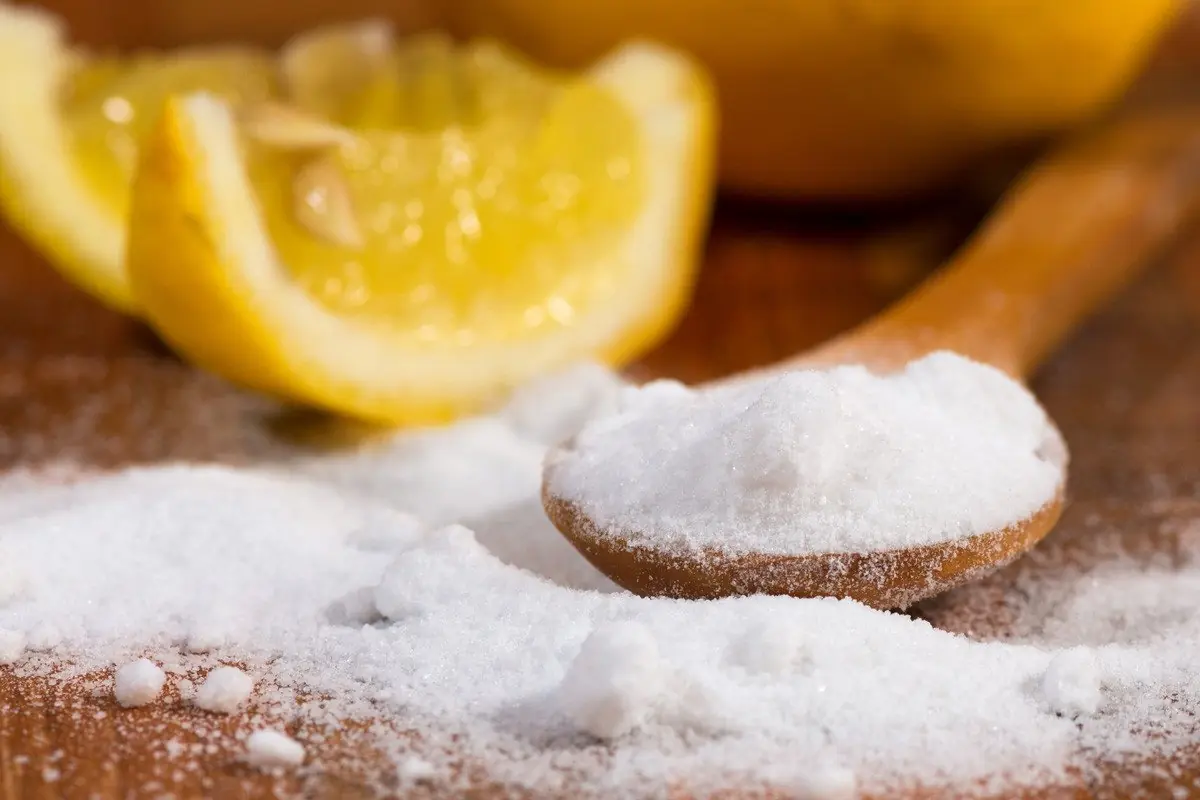
Baking Soda (Bicarbonate of Soda): Uses and Benefits (Science Based)

A Father’s Day Gift Like No Other: A Daughter’s Kidney, A Father’s Second Chance

Benefits of Walking: Why Walking is One of the Best Forms of Exercise 🚶♀️

Maliyah’s Fight: A Fifteen-Year-Old Cheerleader Battling Stage 4 Cancer With Courage and Faith

No Cake, No Balloons: A Firefighter’s Quiet Birthday of Purpose and Service

Orangutan Secretly Watches Over Woman During Jungle Survival Challenge

“The Stranger on a Plane: How One Man’s Kindness Gave a Mother the Gift of Rest”

A Little Fighter’s Final Victory: Remembering Bryson’s 1,027-Day Battle

A Match Made in Dog Heaven: A Toddler and Her Puppy Who Share a Special Bond
